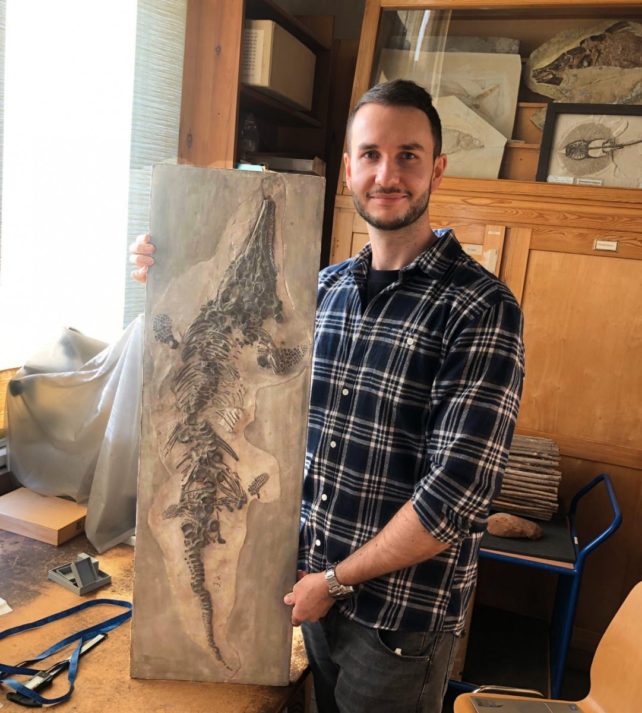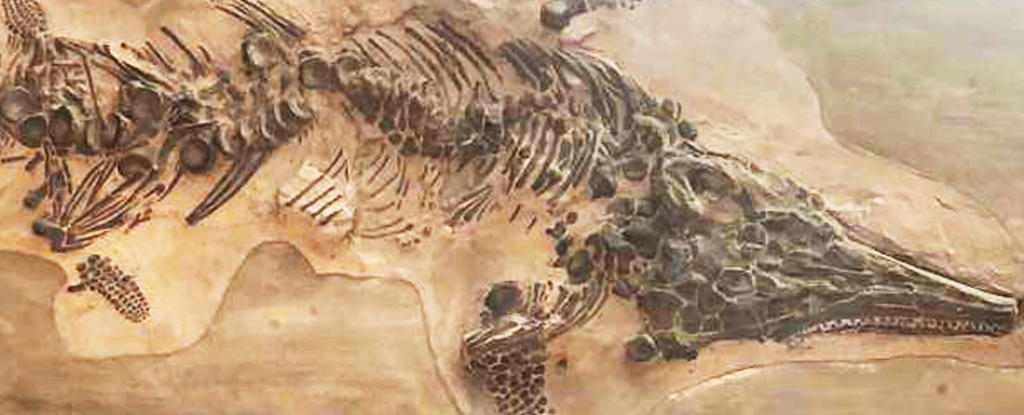Products You May Like
The first complete ichthyosaur skeleton, believed to have been found by the fossil hunter Mary Anning, was thought to have been lost forever when German bombs rained down on London in World War II.
But two plaster casts of the distinctive dolphin-like reptile have now been unearthed, even though there was no record of them ever being made.
Researchers Dean Lomax, from the University of Manchester in northwest England, and Judy Massare, from New York State University, described the finds as “historically important”.
“The specimen was the first skeleton of an extinct marine reptile in the scientific literature and the most complete ichthyosaur skeleton known at the time,” they said.
One cast, found at the Peabody Museum of Natural History at Yale University in the United States, is likely to be a “cast of a cast” and was donated to the institution in 1930.
It mentions it is an ichthyosaurus specimen from Lyme Regis on the Jurassic coast of Dorset, southern England, where Anning and her family went fossil-hunting in the early 19th century.
The other, at the Natural History Museum in Berlin, says only that it is a “plaster cast of an ichthyosaur skeleton from an unknown location”.
Lomax and Massare wrote in the journal Royal Society Open Science published Wednesday that the latter was in excellent condition and likely to be a later cast using newer methods as it was more detailed.
Comparisons of both casts led the researchers to conclude they were of the lost ichthyosaur skeleton bought for £100 by the Royal College of Surgeons after it failed to sell at an auction by Anning in 1820.
The sum is the equivalent to nearly £7,500 (US$8,600) today.
“Considering that the original was destroyed during World War II, it is somewhat ironic that the cast in the best condition is in the Berlin museum,” the researchers noted.

Ichthyosaurus, whose name translates to “fish lizard”, was part of a larger group called ichthyosaurs which were distant relatives of lizards and snakes.
They lived between 251 million and 65.5 million years ago and were common in the Jurassic period, which began about 200 million years ago.
Well-preserved fossils have been found in Germany and England.
They were about three meters (10 feet) in length, with four flippers, large eyes, a pointed snout, and rows of sharp teeth.
Although they lived in water, they were air-breathers and would have had no capacity to survive on land.
Ammonite, a fictional film inspired by Anning’s life, was released in 2020 starring Kate Winslet.
